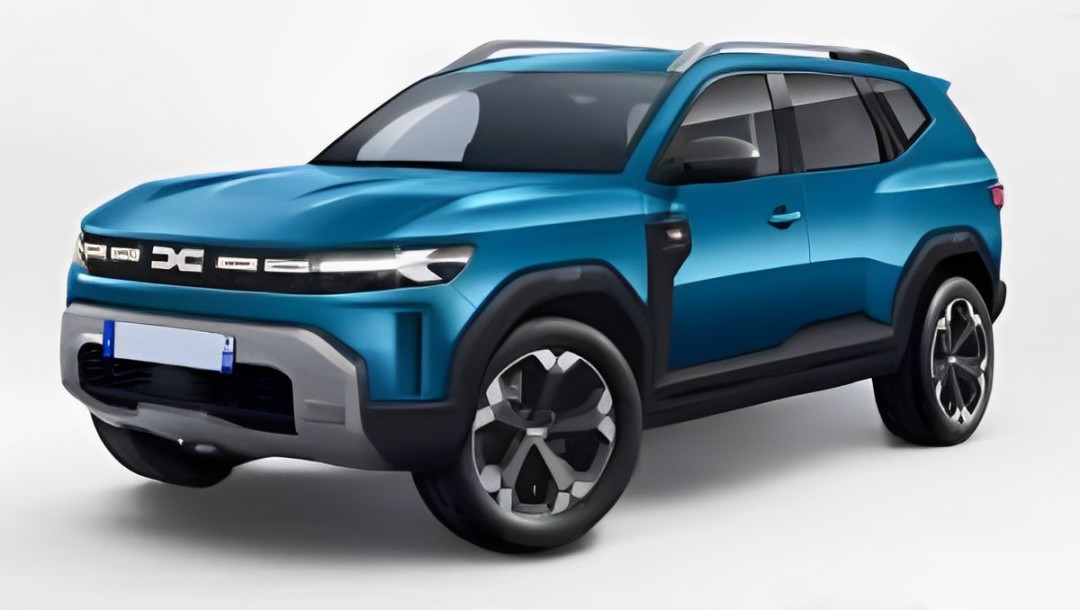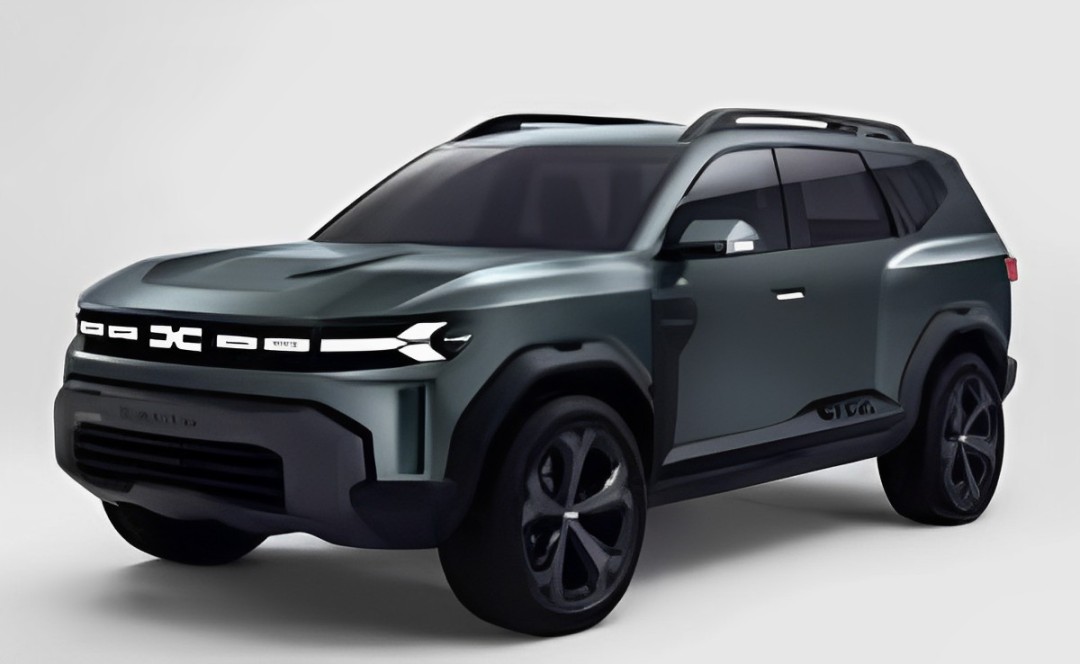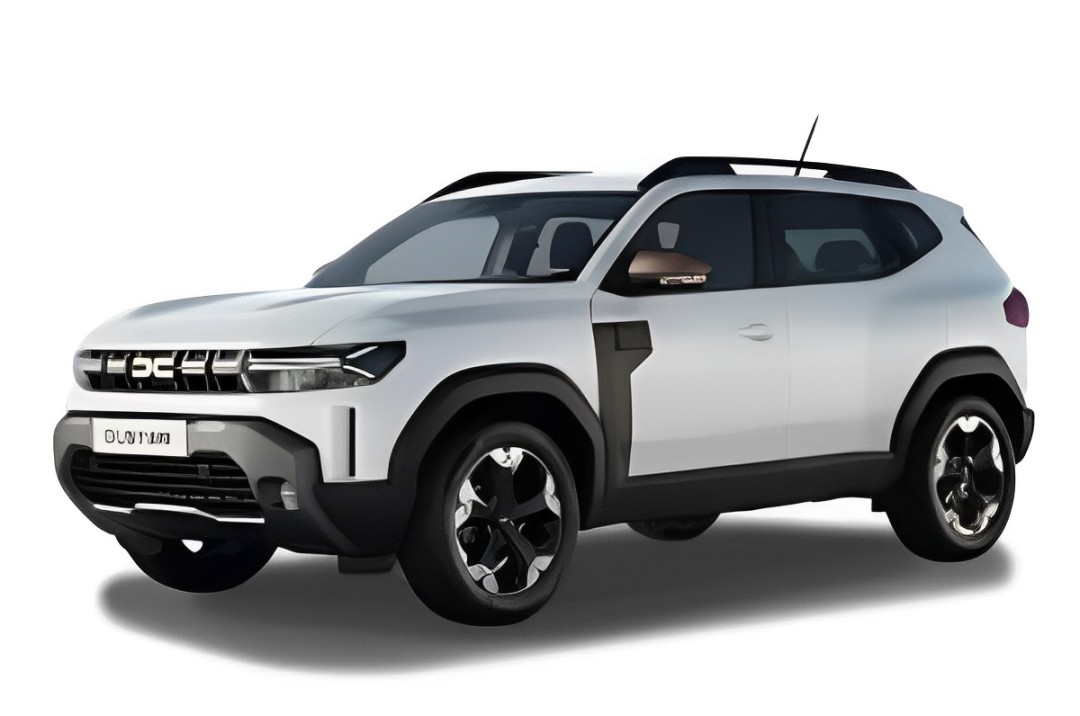The SUV performed well in occupant protection for adults and children, scoring 70 percent and 84 percent respectively, but lost points in other categories. For protection of unprotected road users, the SUV achieved 60 percent and safety assistance systems 57 percent.
Related: Entry-Level Porsche Macan EV, Macan 4S EV India Prices Disclosed
Renault Duster: Adult occupant protection
Starting with the frontal crash test, Euro NCAP found that the SUV offered fair protection for the majority of adult occupants, but the driver’s chest protection was weak. After the tests, the SUV’s body was also found to be stable. When tested with a full-width barrier, the SUV offered little protection to the chest for front and rear seat passengers, but good head protection.
The European Crash Test Agency found that protection of vital areas such as the head and chest of adult occupants was good in side barrier and side pole impact tests. The whiplash protection effect on the neck of front and rear seat passengers was also good.

However, the Duster was penalized after the agency found that Dacia had not provided evidence of “the extent to which the Duster controls turning”. No safety measures were in place to prevent adult occupants from hitting their heads in a side impact.
Renault Duster: Child occupant protection
Euro NCAP found that the Duster offers good protection for children aged 5 and 10. The only exception was the protection of the neck of a 10-year-old child in a frontal collision, which was rated as adequate. Overall, the Duster barely lost a point in the impact protection rating, scoring 23.6 out of 24 points.
However, the SUV lost some points for the child seat, as the passenger seat did not support the child seat other than the seat belt fastening unit and the vehicle did not have a child detection system.
Renault Duster: Protection of vulnerable road users
Euro NCAP found that in the event of a collision with a pedestrian or cyclist, the Duster was able to provide adequate protection for the victim’s head in most cases, except for the hard parts of the A-pillar and the lower part of the windscreen.
However, pelvis protection was rated as poor at all test sites, while femur protection was good. Regarding the autonomous emergency braking system (AEB), Euro NCAP found that it worked well for pedestrians, but gave insufficient or weak results for adults/children, or for adults reversing when crossing a curving road.
It secured a higher rating for cyclist protection, but the Duster was penalized for lacking a system to prevent cyclists from hitting the doors. Overall, the AEB performance was rated as adequate.

Renault Duster: Safety Assist
Euro NCAP found that the Duster’s AEB system worked well in reacting to other vehicles. However, the SUV was penalized for lacking a rear seat occupant detection system in addition to a seatbelt warning system. The vehicle was also penalized for offering an indirect driver status monitoring system.
The agency also found that the speed assistance system uses cameras and maps to detect speed limits and can automatically adjust the car’s speed limiter, even though the system is not enabled by default.
Speaking of the Indian market, Renault is planning a new model offensive for the Indian market and is expected to launch the Duster SUV in the market. The first-generation Duster has been on sale in the Indian market for a long time but was discontinued in 2020 after being on sale for over a decade.
The second-generation SUV never came to India. The new Duster for India will be based on the CMF-B platform, just like Dacia, but it remains to be seen how much the Indian model will have in common with its global namesake.
Read Also:

